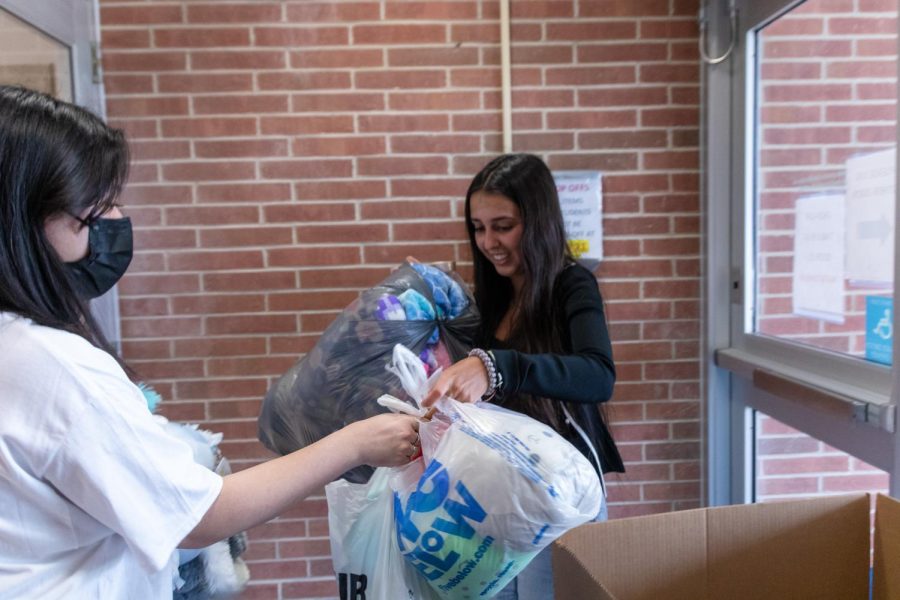The number of vaping related fatalities has increased to 33 as of Oct. 17, according to the Centers for Disease Control (CDC). The CDC reported up
to 1,479 patients affected by vaping-related illnesses, feeding into what they have called an epidemic among teens, with nearly 21% of high school students saying they vaped in 2018. Parents, like Thomas McCullogh, the parent of a Carmel teen, have gone as far as attempting to take legal action against e- cigarette companies, such as Juul Labs.
Petra Davison, registered nurse and assistant professor at the University of Indianapolis, said many teens don’t understand how the use of nicotine alters their brain chemistry. Addictive drugs, like nicotine, affect the pleasure centers of the brain and rewire how dopamine is released into those centers.
“Basically, it recalibrates how much dopamine is being excreted in light of the nicotine and those natural rewards that you normally found pleasurable decrease,” Davison said.
“Those kinds of natural rewards are basically replaced by the new nonnatural reward. When someone uses nicotine, it starts to stimulate that part of the brain, so we want to continue to do it. And in many ways, we have a hard time fighting it.”
 Davison said the altering of those pleasure centers isn’t the only major health effect caused by using e-cigarettes. Many teens have been suffering from “popcorn lung,” a condition that changes the shape of the smallest airways in the lungs, making it difficult for them to function properly and can be caused by inhaling harmful toxins.
Davison said the altering of those pleasure centers isn’t the only major health effect caused by using e-cigarettes. Many teens have been suffering from “popcorn lung,” a condition that changes the shape of the smallest airways in the lungs, making it difficult for them to function properly and can be caused by inhaling harmful toxins.
“Because of the anatomical change to the lungs, it changes how our lungs are able to breathe, which can lead to lung illnesses or even death, such as in the case of certain substances being added to these electronic devices,” Davison said. “(The smallest airways) tend to look like popcorn and that’s why they call it popcorn lung.”
Student Resource Officer Shane VanNatter said via email he wants to stress how serious it is to use e-cigarettes as a minor, not just medically but also legally. If a student is found accepting, possessing or purchasing e-cigarettes, the legal implications can be extensive and expensive. He said the infraction not only goes on their school record but also on their legal record. Multiple offenses or mitigating circumstances, such as selling the products to other students, can increase the fine amount.
Senior Madison Diehl is a theater student involved with Red Ribbon Players, students who go to the elementary and middle schools to perform plays about making responsible choices. Diehl said she believes these performances are a great way to prevent e-cigarette use.
Diehl said, “We’re trying to teach them in a way that doesn’t sound preachy or like we’re forcing it upon them; we don’t want that.”
“We’re told all our lives that cigarettes are the bad thing,” she added, “but Juuls come out and we think it’s not as harmful, but it’s still harmful. That’s the main idea we’re trying to teach the kids but also teach within ourselves.”
Davison said because of the rise in vaping-related illnesses and certain patterns she’s seen in her patients that have dealt with nicotine addictions, she questions the research behind the safety of e-cigarette use.
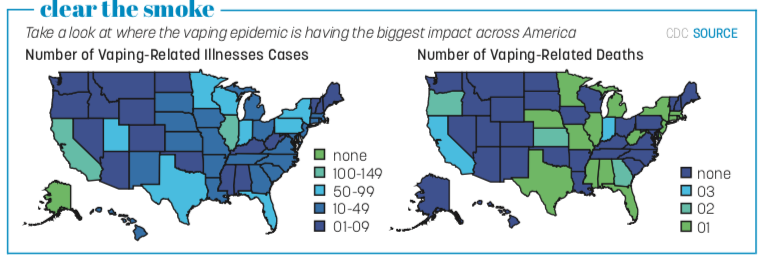
“Even though these electronic devices were made to help people stop smoking, there are a lot of people who still smoke cigarettes and vape at the same time,” Davison said. “My question is how much research and development went into vaping before it hit the market. It’s an idea that was good, but it’s playing out in society in a different way. I just really encourage youth to do their own research on these things before they begin to indulge in them.”





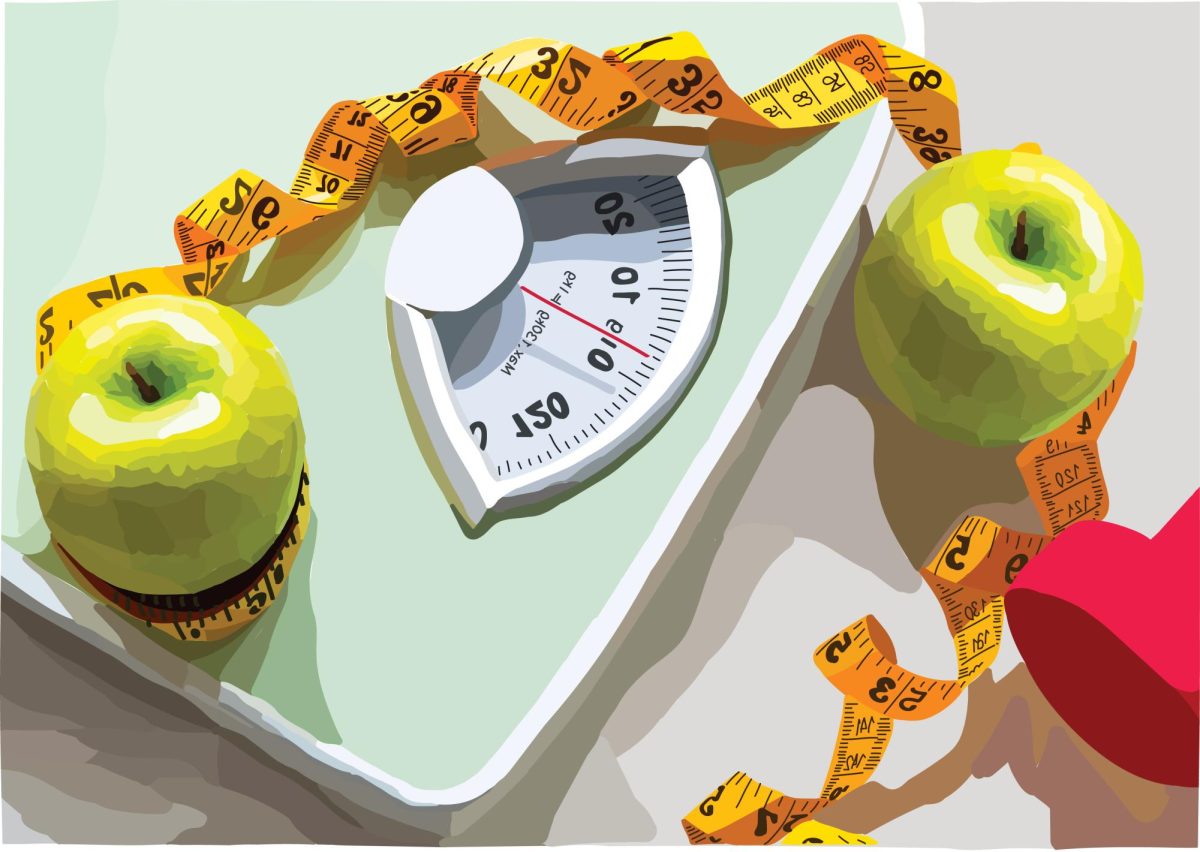





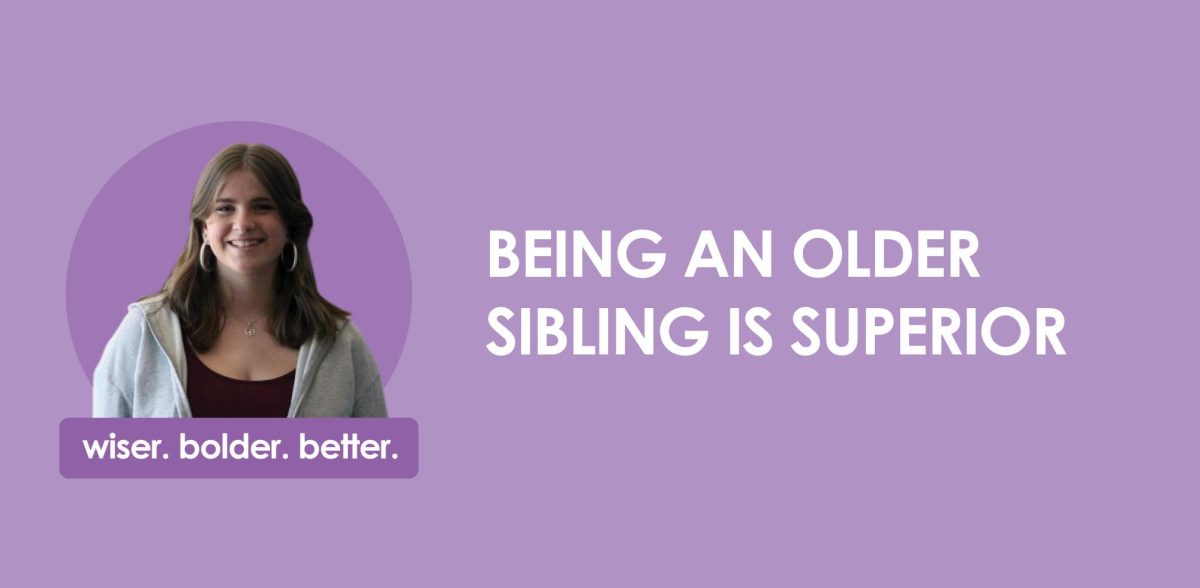
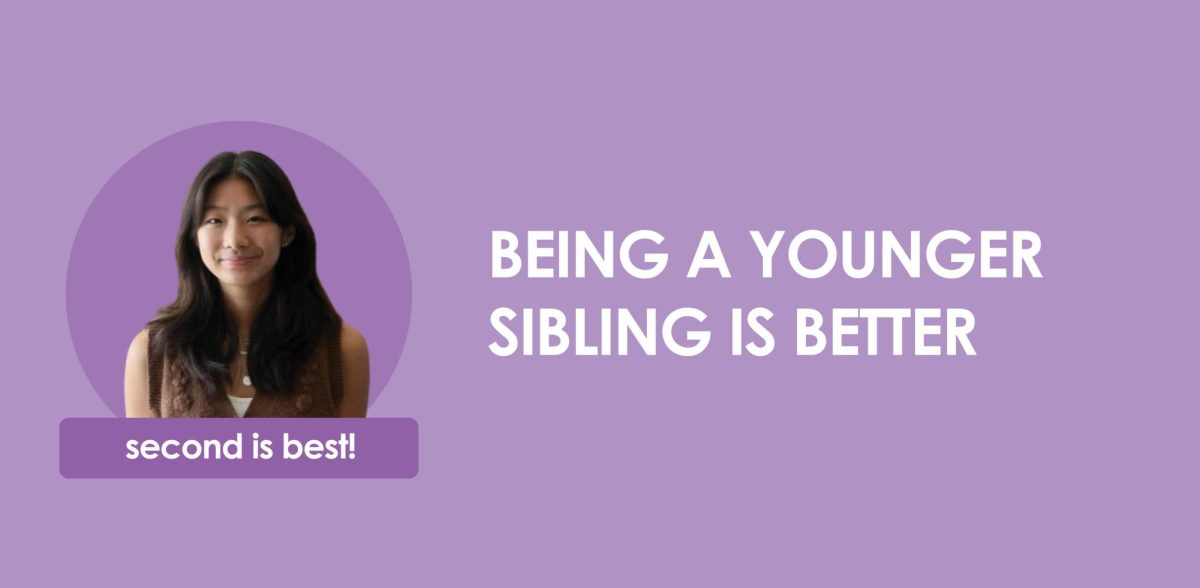
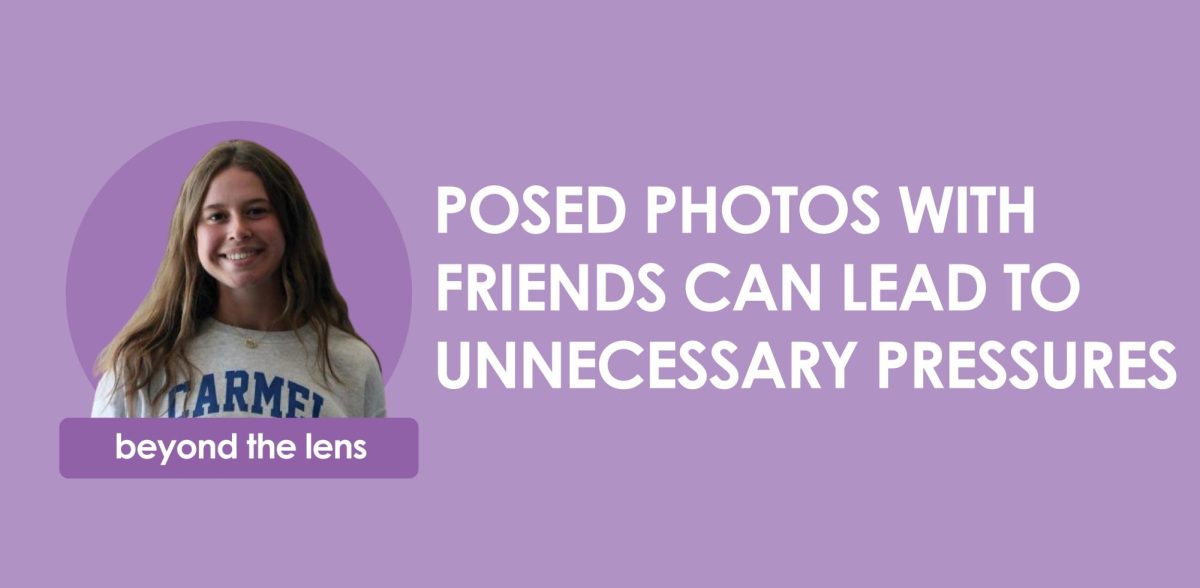

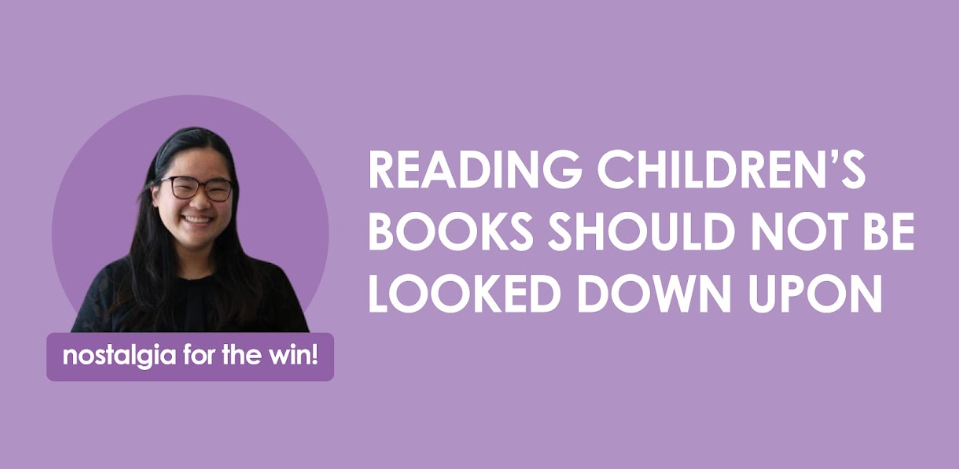



![Joseph Broman, Mu Alpha Theta sponsor, grades tests for his honors precalculus/trigonometry class. Broman said, “I’m retiring from the Math Club next year and I’m just going to do Mu Alpha Theta so I can focus on that one and we can do more [speaker series] first semester.”](https://hilite.org/wp-content/uploads/2024/03/IMG_9502-1200x900.jpg)
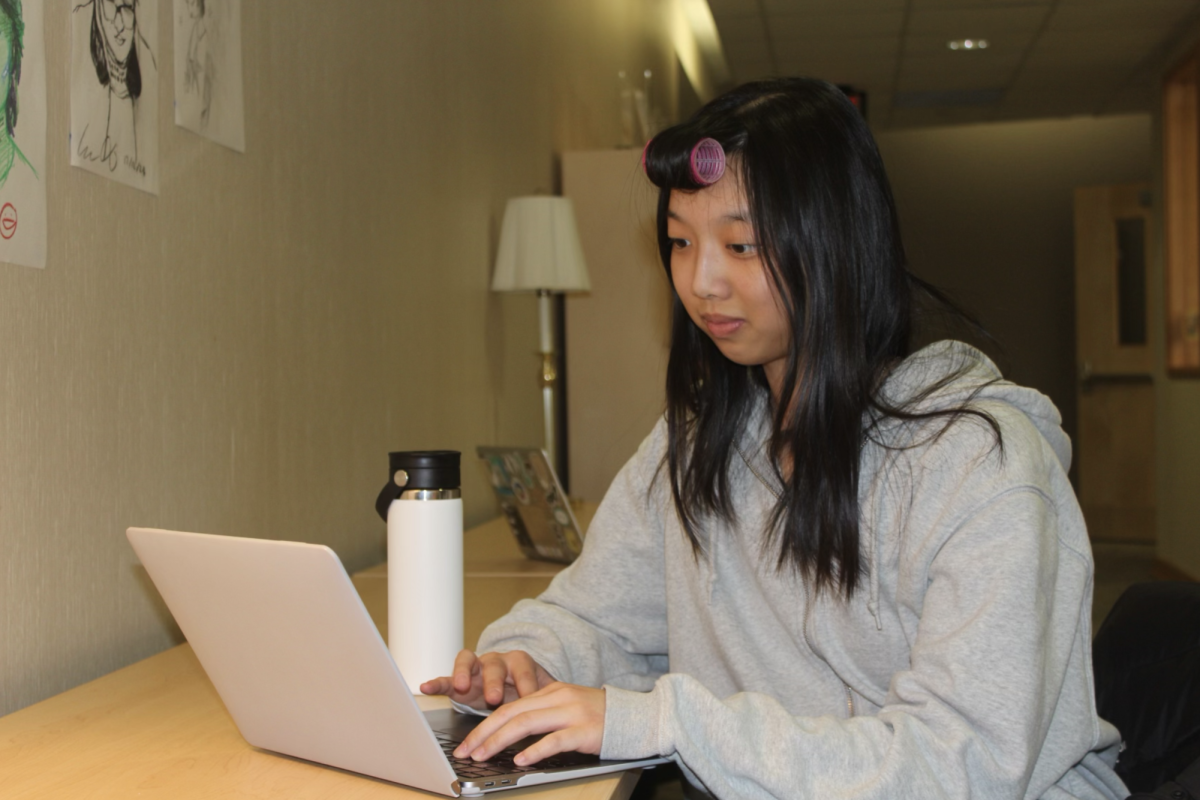
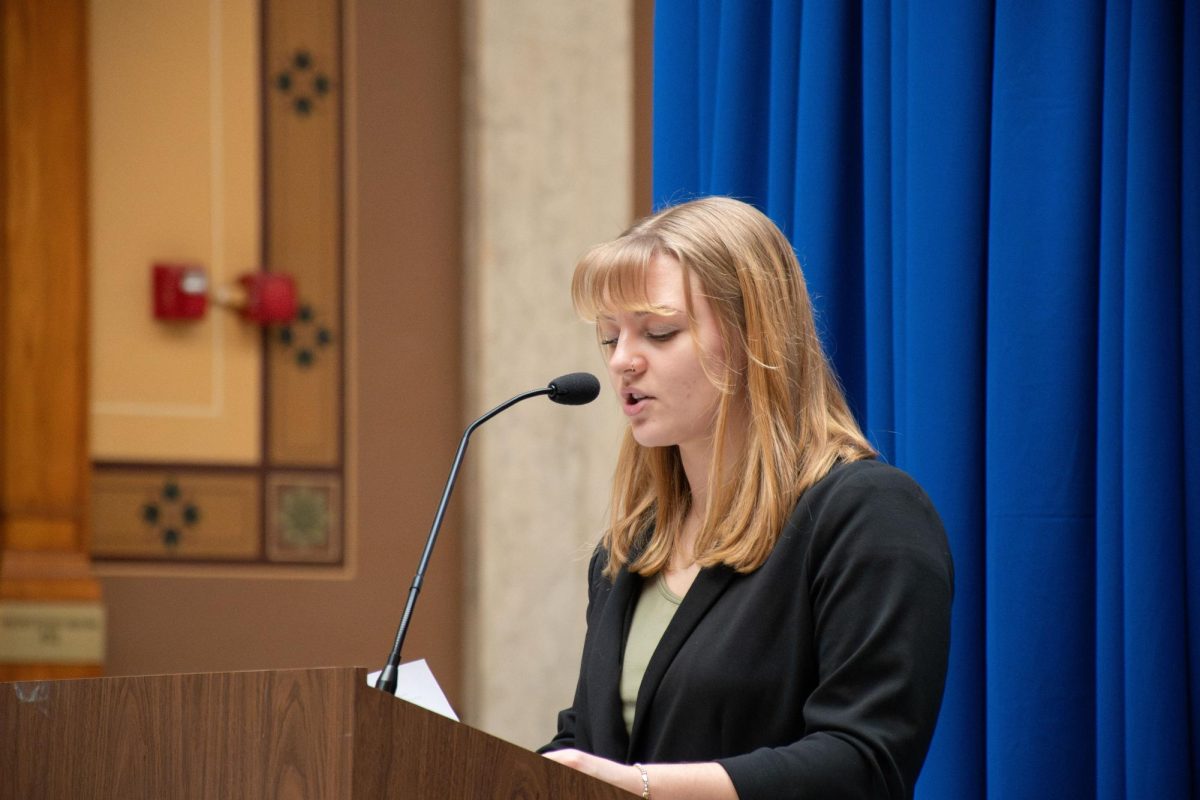

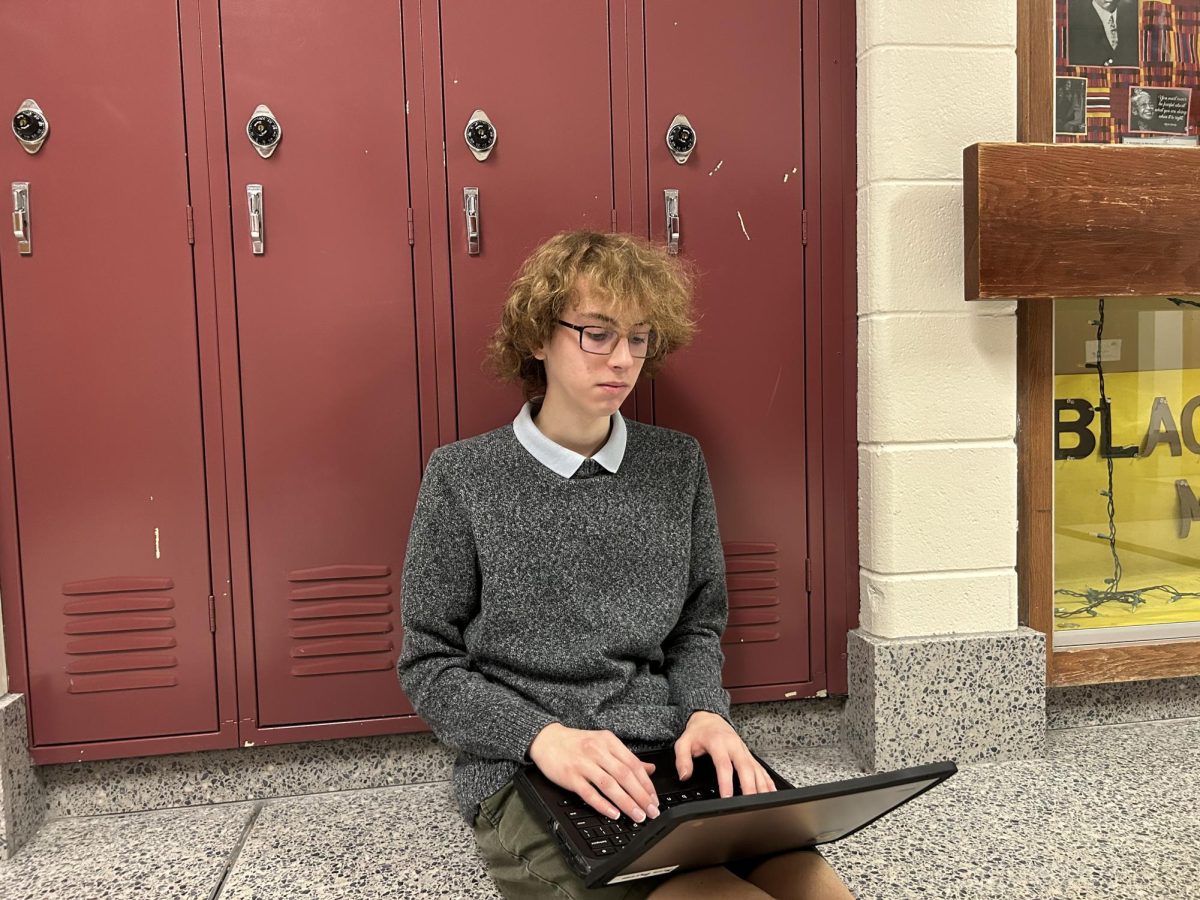
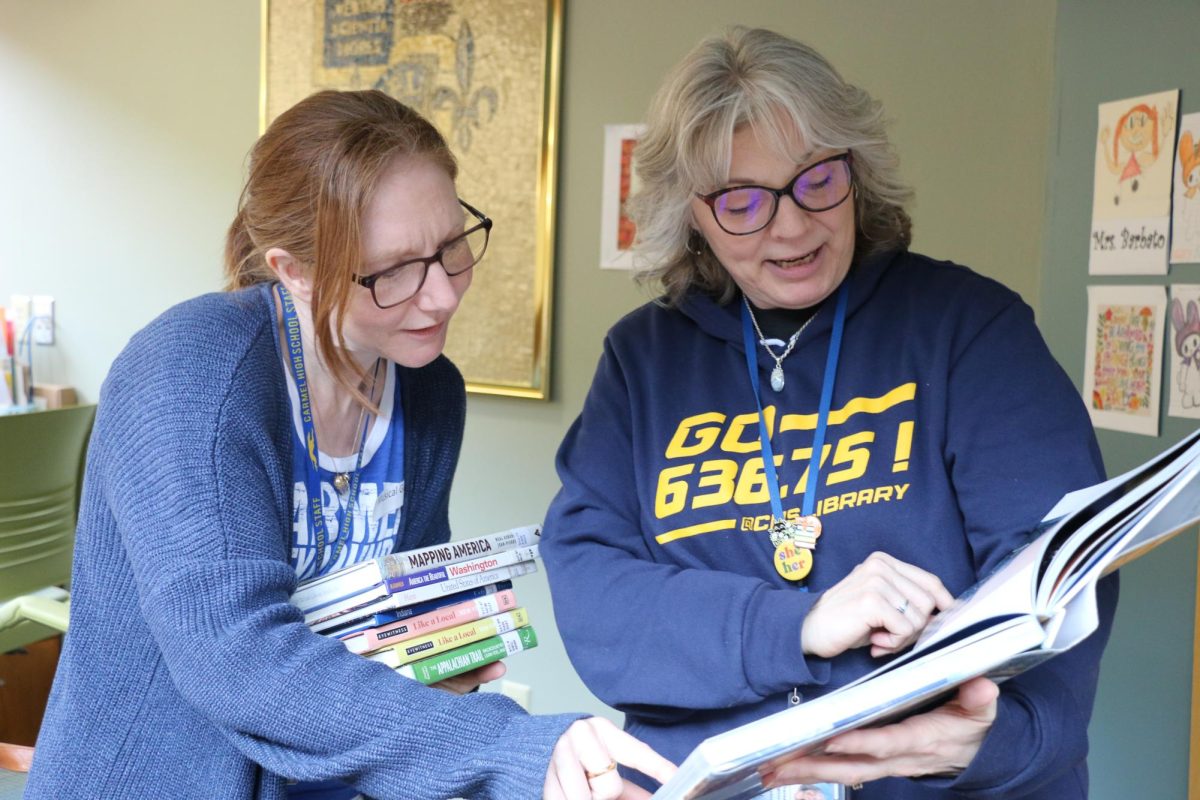
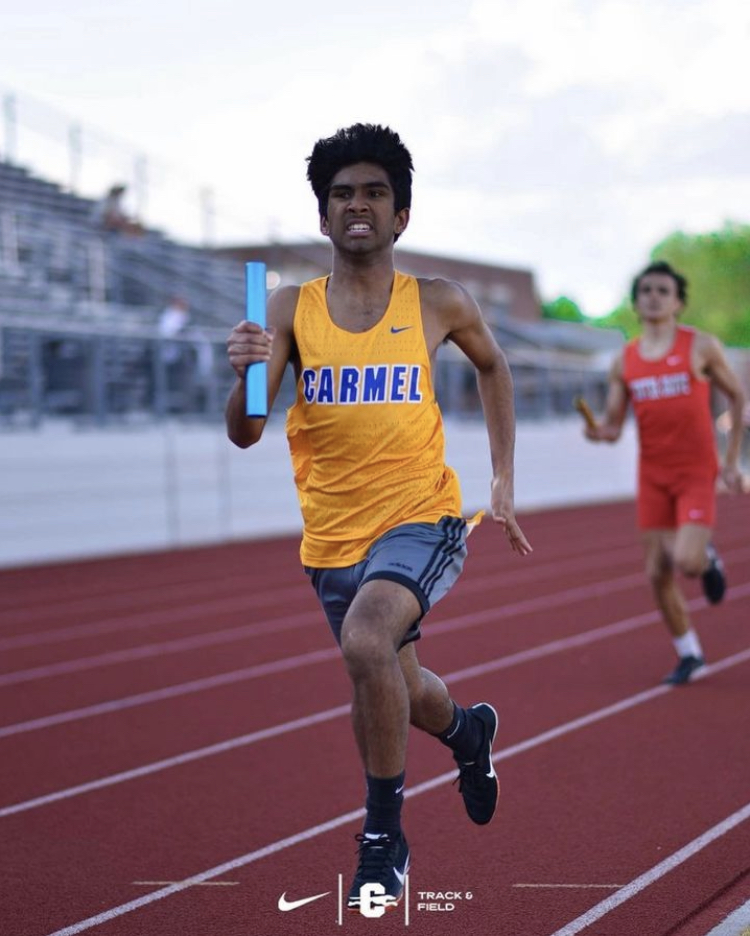
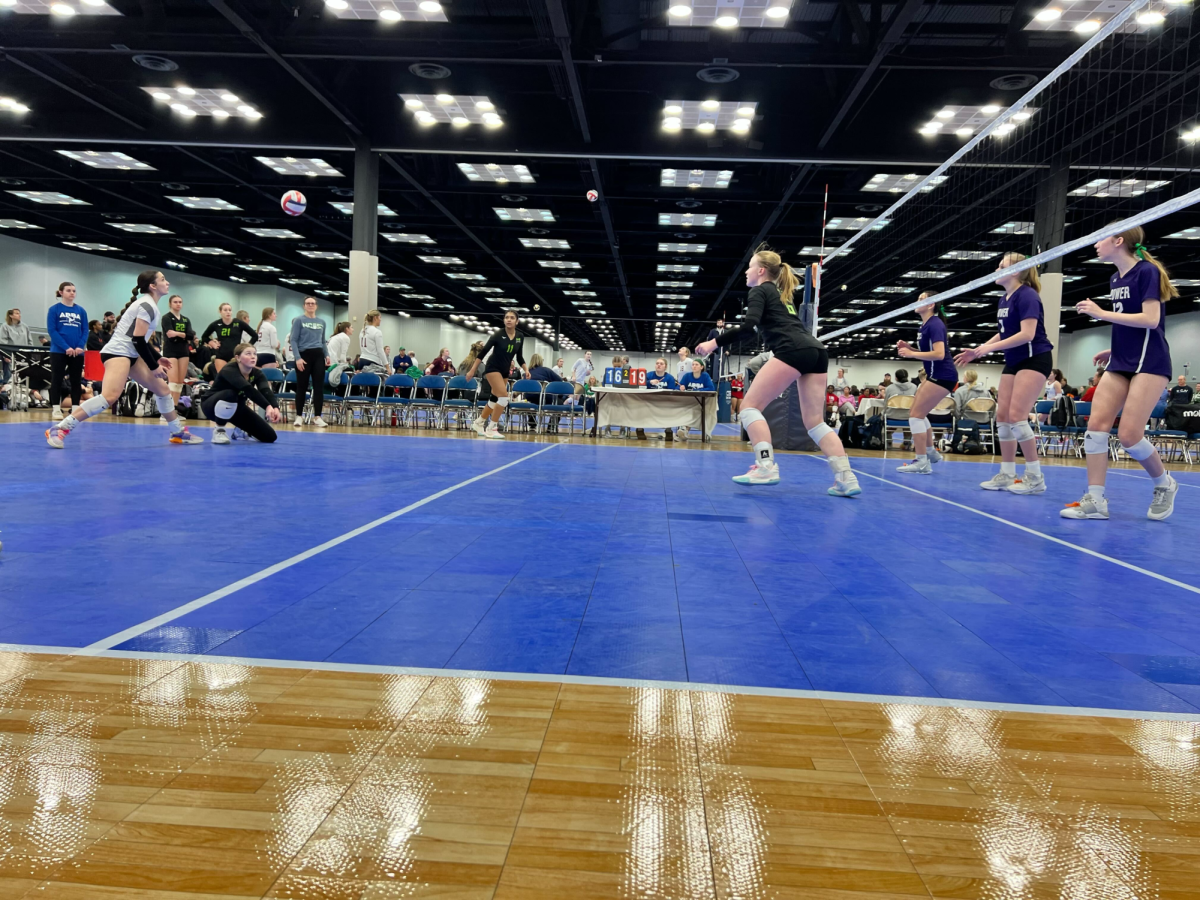

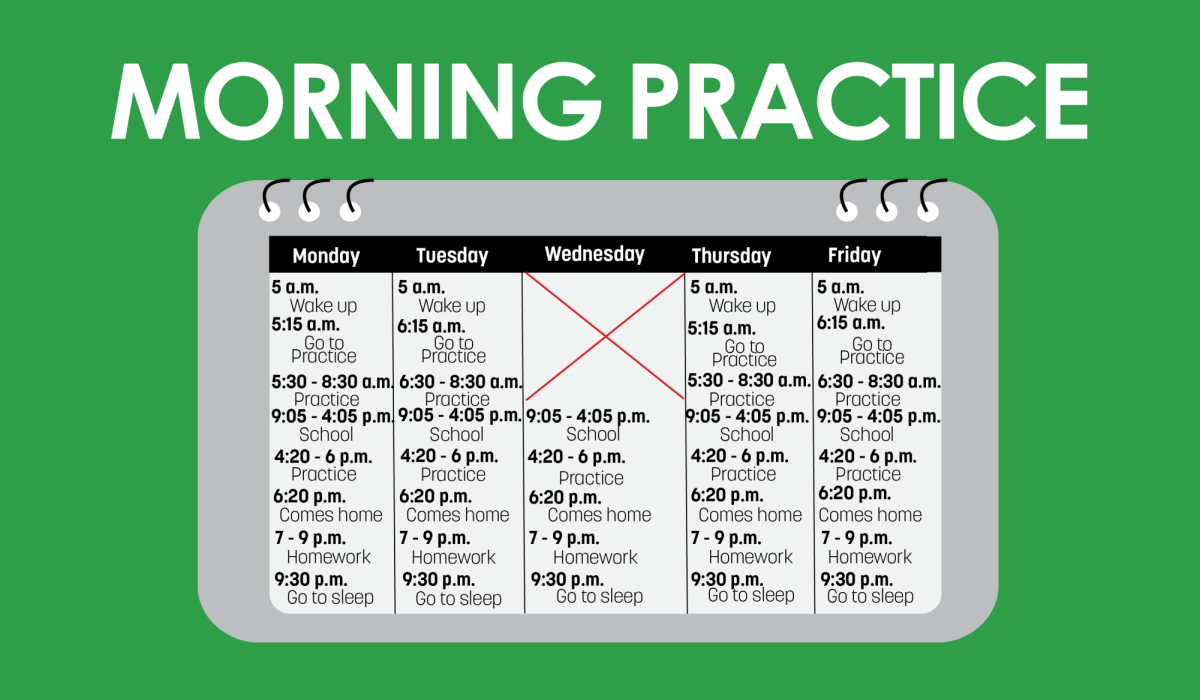
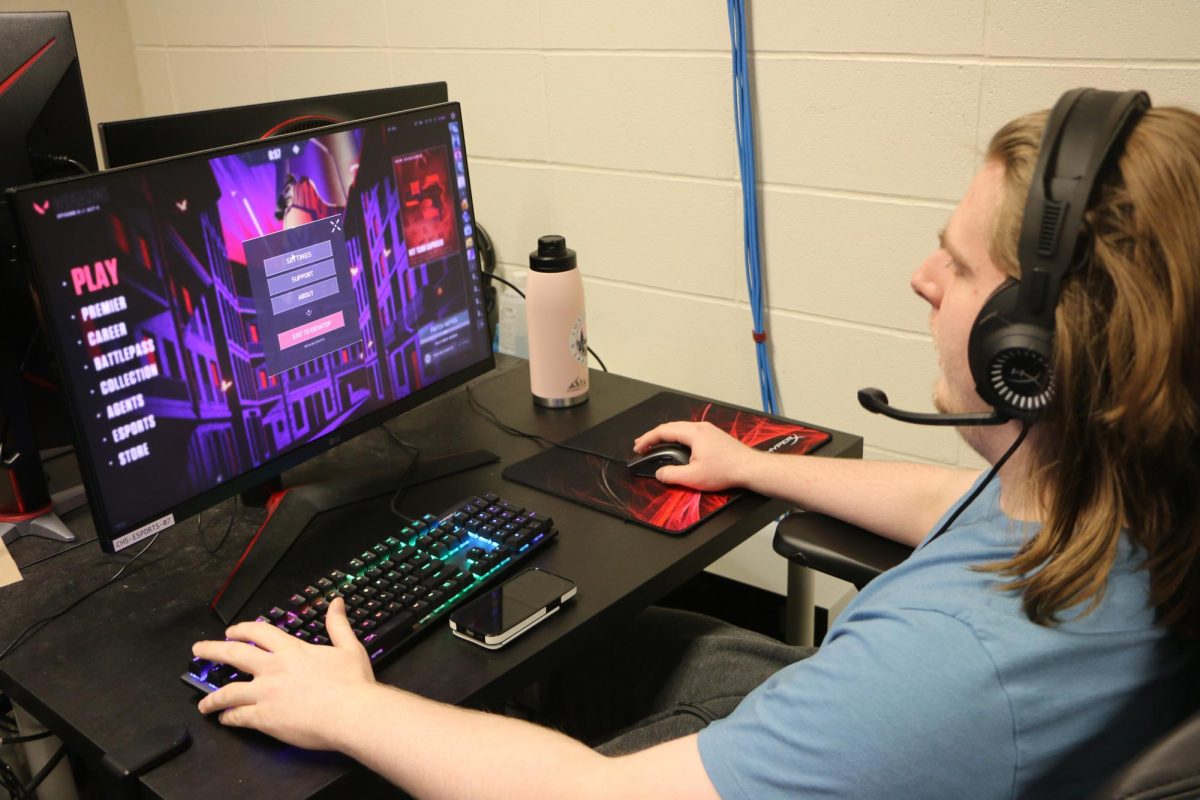
![British royalty are American celebrities [opinion]](https://hilite.org/wp-content/uploads/2024/03/Screenshot-2024-03-24-1.44.57-PM.png)


![The new “Kung Fu Panda 4” movie: a journey of growth, self-realization and adventure [opinion]](https://hilite.org/wp-content/uploads/2024/03/po-1200x588.png)
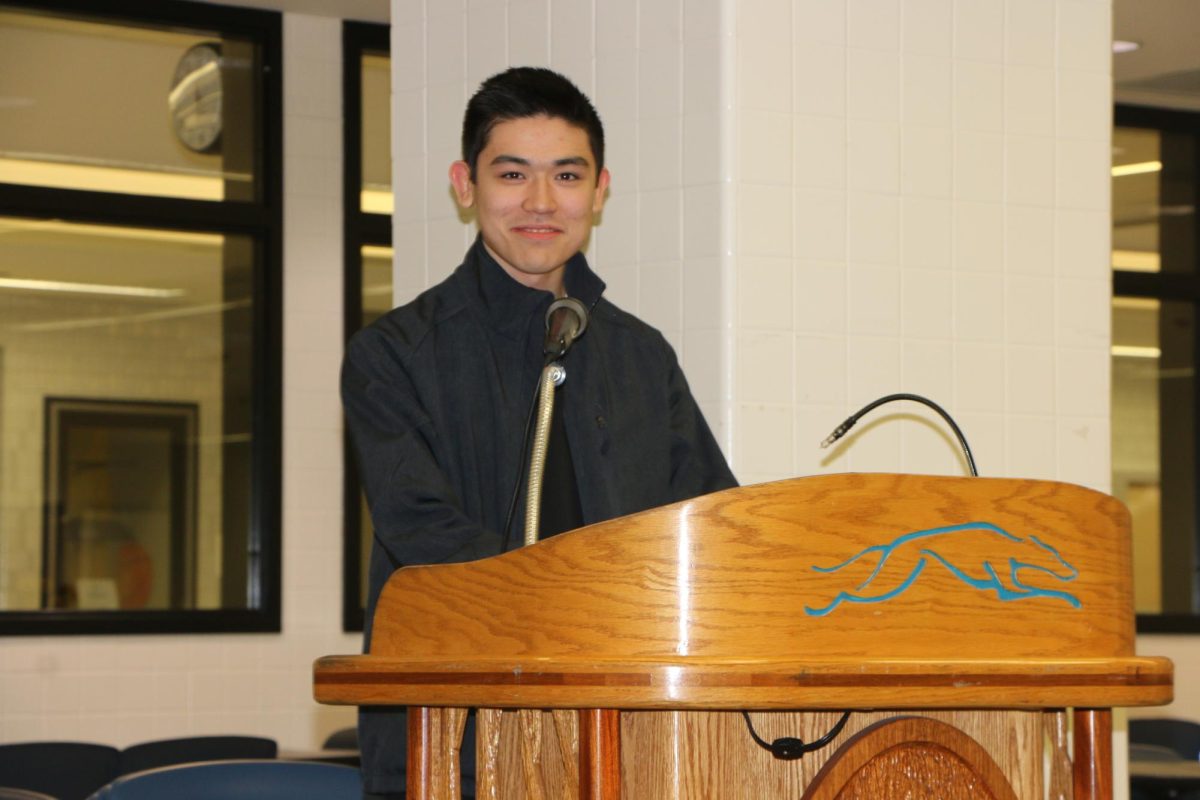
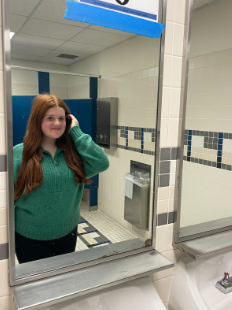
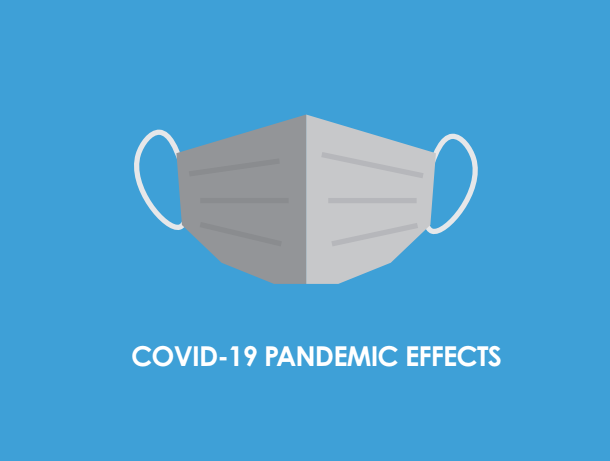

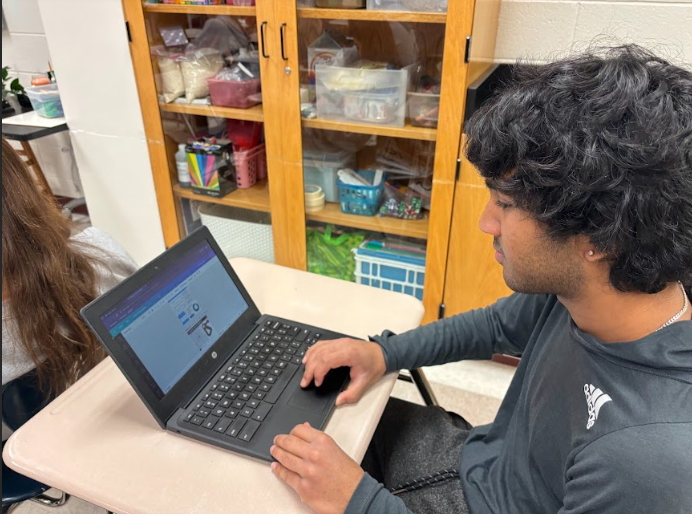
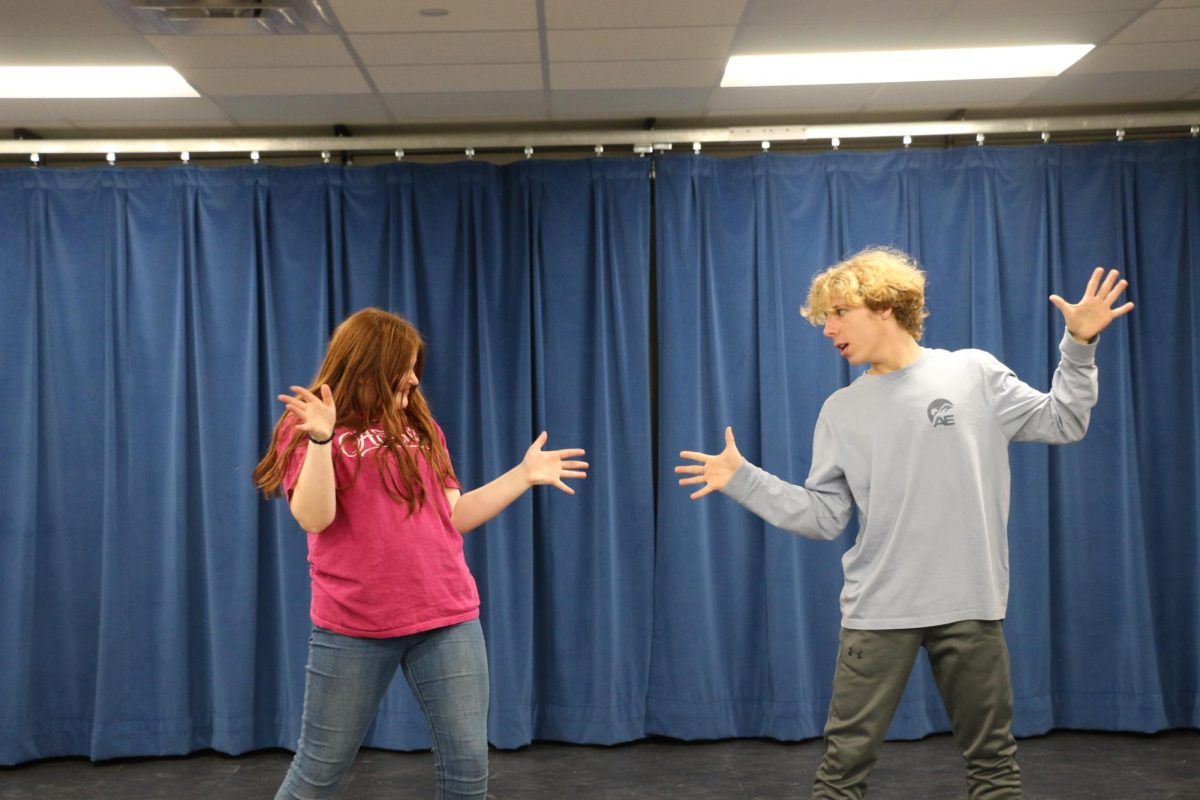
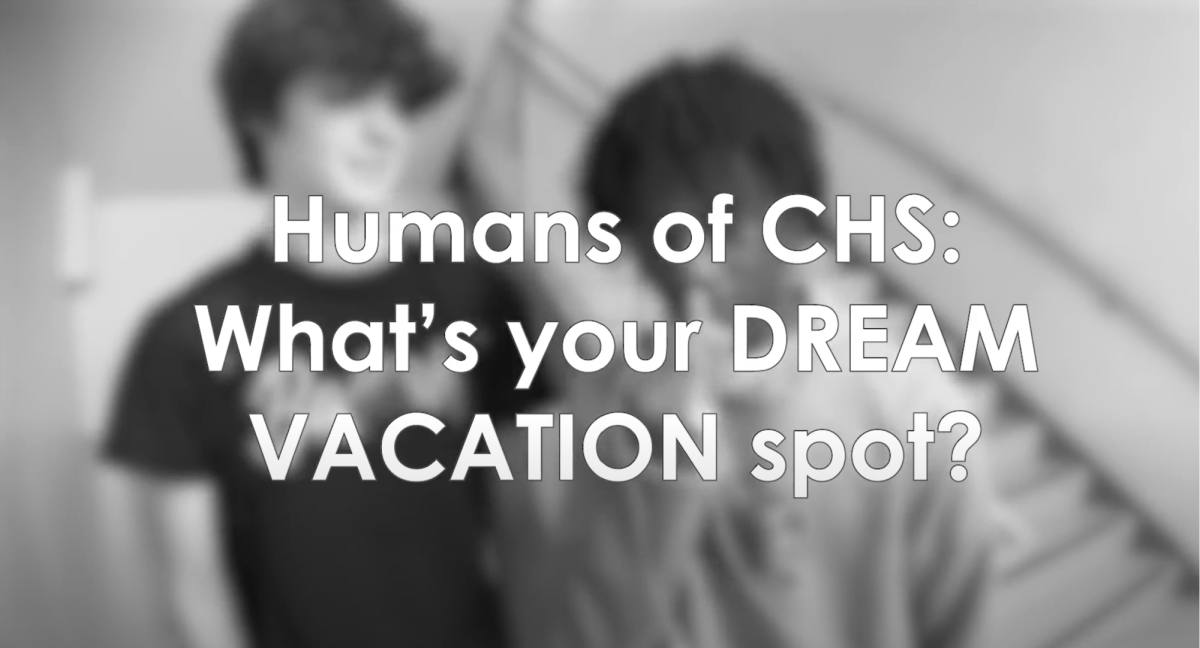


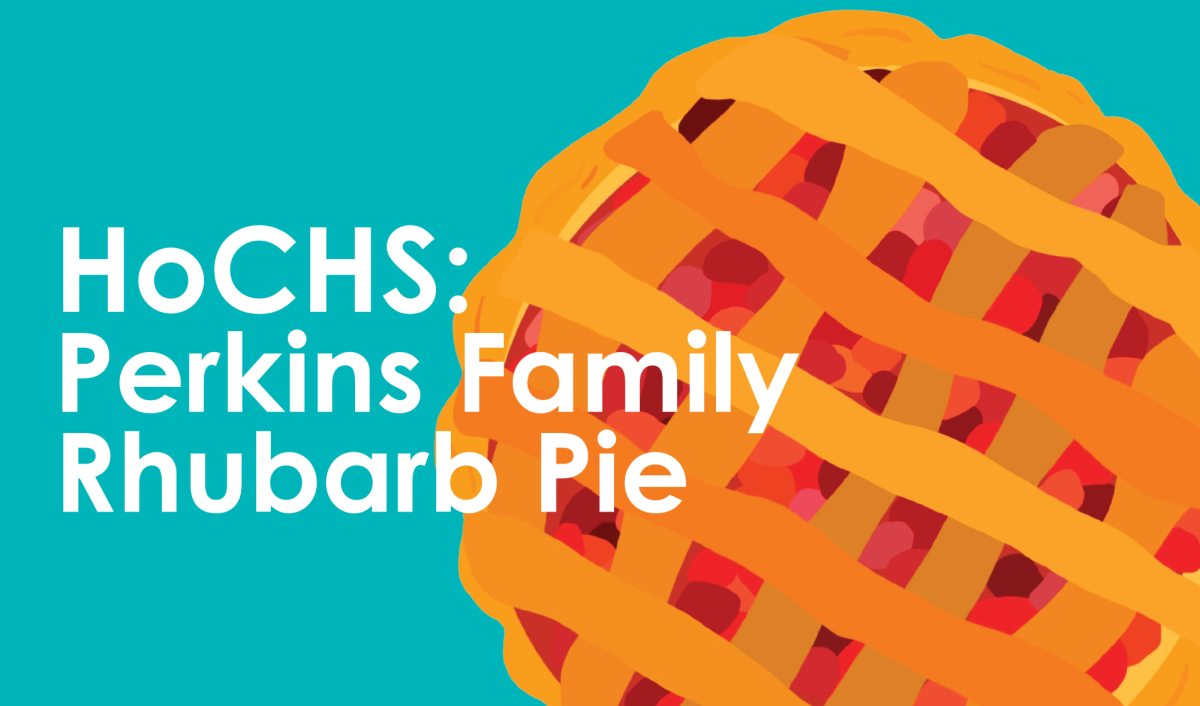

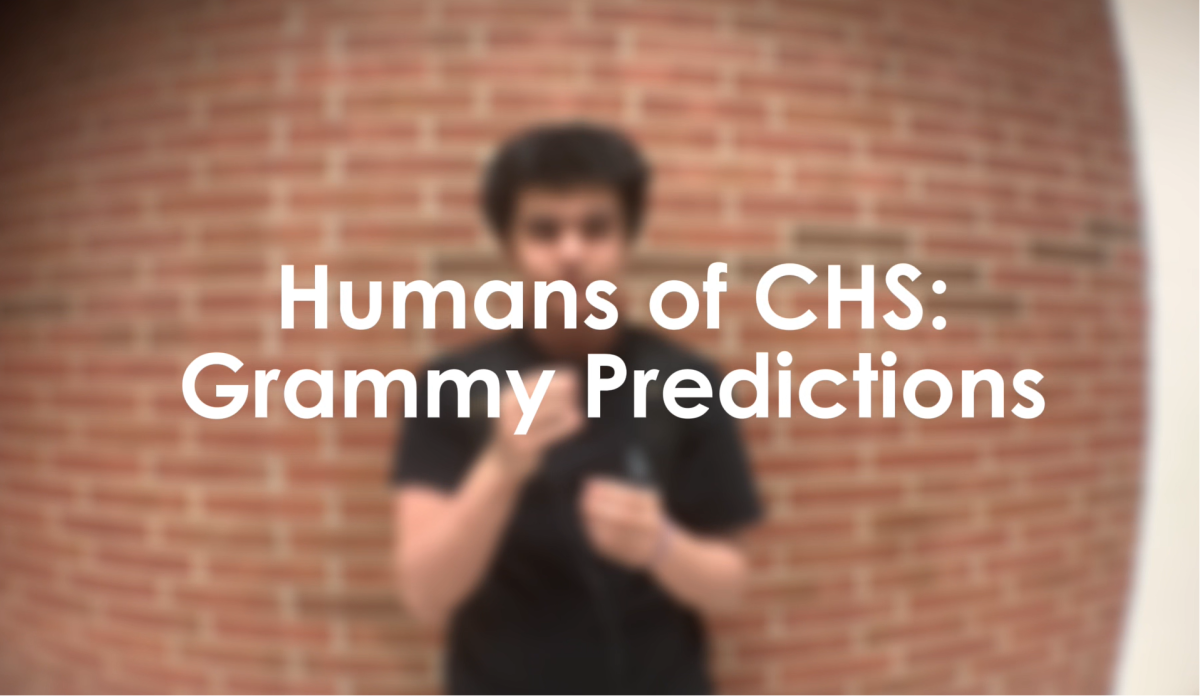
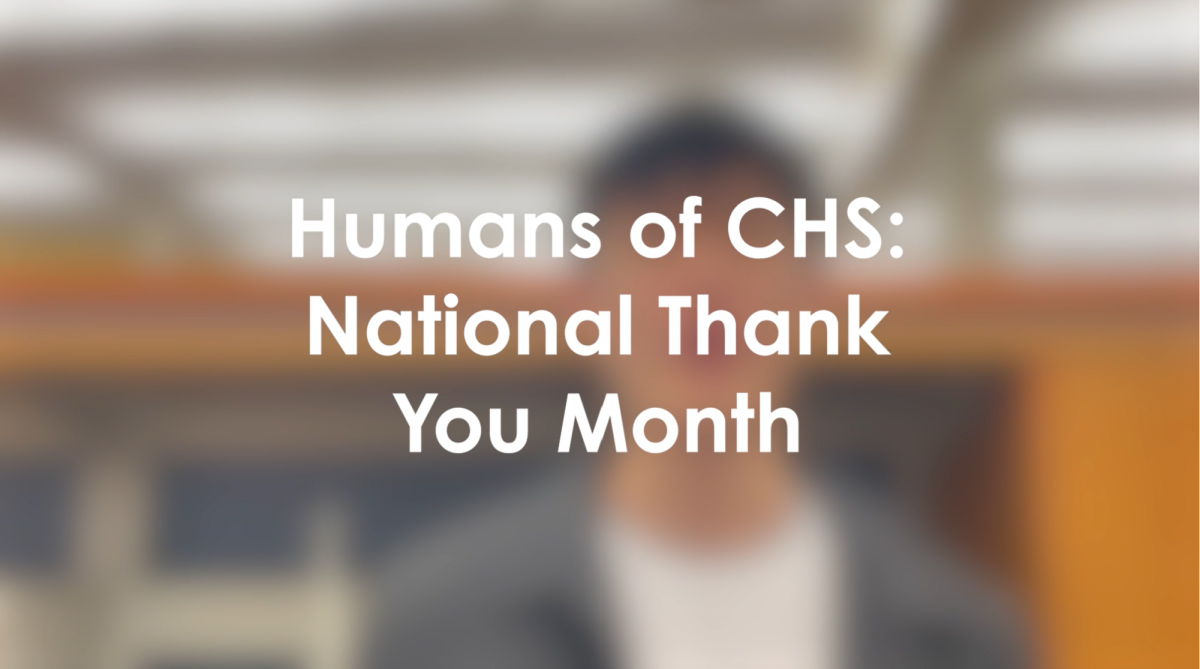





![Review: “The Bear” sets an unbelievably high bar for future comedy shows [MUSE]](https://hilite.org/wp-content/uploads/2024/03/unnamed.png)
![Review: “Mysterious Lotus Casebook” is an amazing historical Chinese drama [MUSE]](https://hilite.org/wp-content/uploads/2024/03/0.webp)
![Thea Bendaly on her Instagram-run crochet shop [Biz Buzz]](https://hilite.org/wp-content/uploads/2024/03/IMG_0165-1200x838.jpg)
![Review: Sally Rooney’s “Normal People,” is the best book to read when you are in a time of change [MUSE]](https://hilite.org/wp-content/uploads/2024/03/20047217-low_res-normal-people.webp)
![Review: “One Day” broke me for the second time, but this time it hurt worse [MUSE]](https://hilite.org/wp-content/uploads/2024/03/unnamed-8.png)
![Review in Print: Maripaz Villar brings a delightfully unique style to the world of WEBTOON [MUSE]](https://hilite.org/wp-content/uploads/2023/12/maripazcover-1200x960.jpg)
![Review: “The Sword of Kaigen” is a masterpiece [MUSE]](https://hilite.org/wp-content/uploads/2023/11/Screenshot-2023-11-26-201051.png)
![Review: Gateron Oil Kings, great linear switches, okay price [MUSE]](https://hilite.org/wp-content/uploads/2023/11/Screenshot-2023-11-26-200553.png)
![Review: “A Haunting in Venice” is a significant improvement from other Agatha Christie adaptations [MUSE]](https://hilite.org/wp-content/uploads/2023/11/e7ee2938a6d422669771bce6d8088521.jpg)
![Review: A Thanksgiving story from elementary school, still just as interesting [MUSE]](https://hilite.org/wp-content/uploads/2023/11/Screenshot-2023-11-26-195514-987x1200.png)
![Review: When I Fly Towards You, cute, uplifting youth drama [MUSE]](https://hilite.org/wp-content/uploads/2023/09/When-I-Fly-Towards-You-Chinese-drama.png)
![Postcards from Muse: Hawaii Travel Diary [MUSE]](https://hilite.org/wp-content/uploads/2023/09/My-project-1-1200x1200.jpg)
![Review: Ladybug & Cat Noir: The Movie, departure from original show [MUSE]](https://hilite.org/wp-content/uploads/2023/09/Ladybug__Cat_Noir_-_The_Movie_poster.jpg)
![Review in Print: Hidden Love is the cute, uplifting drama everyone needs [MUSE]](https://hilite.org/wp-content/uploads/2023/09/hiddenlovecover-e1693597208225-1030x1200.png)
![Review in Print: Heartstopper is the heartwarming queer romance we all need [MUSE]](https://hilite.org/wp-content/uploads/2023/08/museheartstoppercover-1200x654.png)

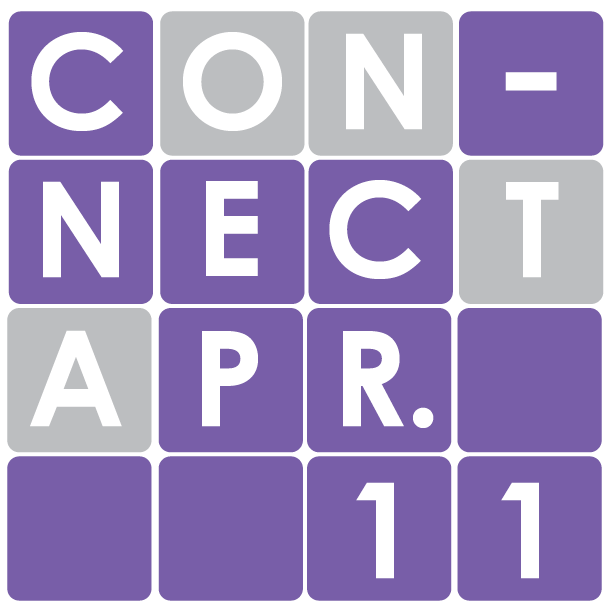


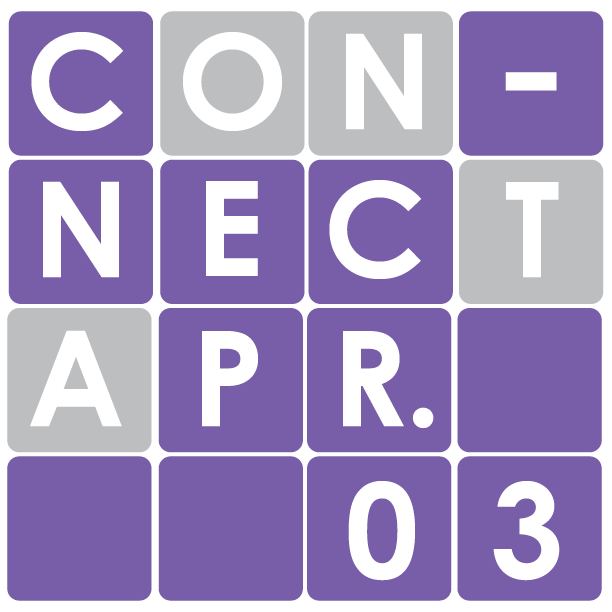
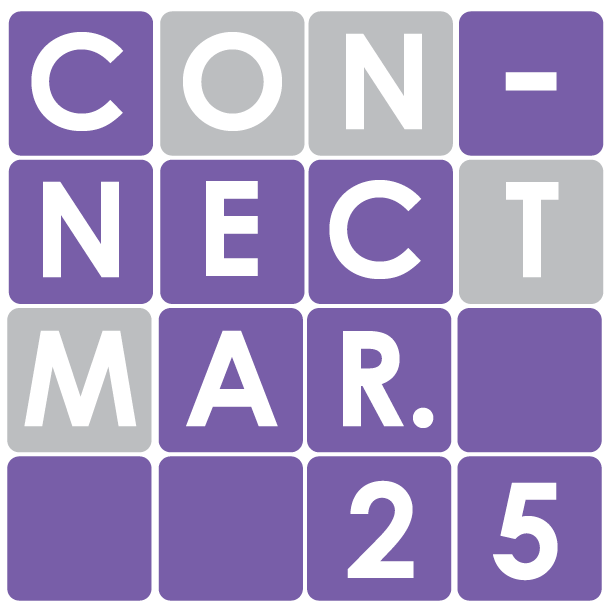







![Review: Ladybug & Cat Noir: The Movie, departure from original show [MUSE]](https://hilite.org/wp-content/uploads/2023/09/Ladybug__Cat_Noir_-_The_Movie_poster-221x300.jpg)

![Review: Next in Fashion season two survives changes, becomes a valuable pop culture artifact [MUSE]](https://hilite.org/wp-content/uploads/2023/03/Screen-Shot-2023-03-09-at-11.05.05-AM-300x214.png)
![Review: Is The Stormlight Archive worth it? [MUSE]](https://hilite.org/wp-content/uploads/2023/10/unnamed-1-184x300.png)


